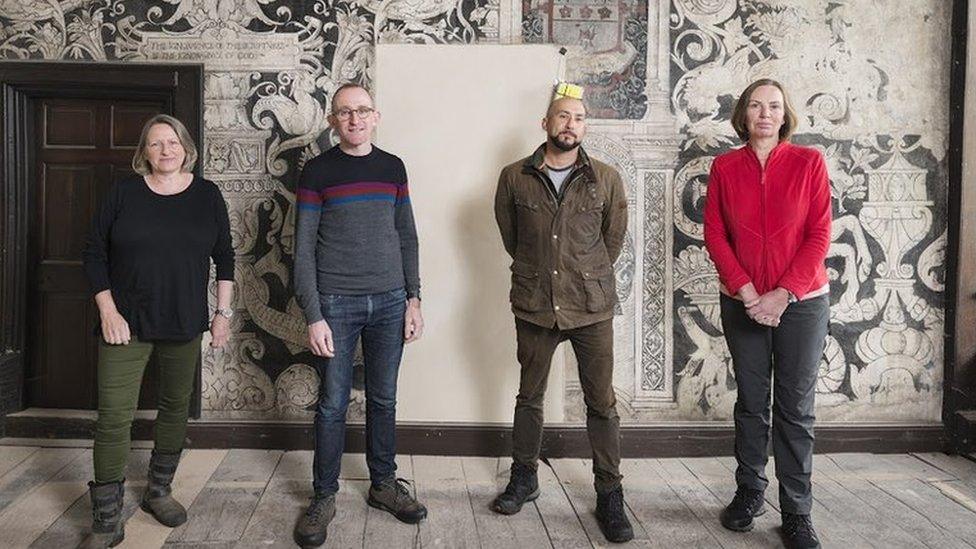Home of Gunpowder plotter among historic sites at risk
- Published

Priory House was once operated as an Anglo-Saxon monastery in about 680 by King Merewalh of Mercia.
A house linked to the Gunpowder Plot is among 19 historic sites across the Midlands at risk of being lost, Historic England has said.
Holbeche House in Dudley has been added to this year's Heritage at Risk Register which lists properties at risk of neglect, decay or inappropriate development.
Longton Central Methodist Hall and Priory House at Much Wenlock have also been deemed at risk.
Across England there are 4,871 entries.
Over the last year, 21 buildings in the Midlands have been saved and removed from the Heritage at Risk Register 2023.
There are currently 117 buildings or structures, 108 places of worship, 112 archaeology sites, nine parks and gardens and 52 conservation areas at risk of neglect, decay or inappropriate change in the Midlands.
At risk Midlands sites added to the register:
Holbeche House
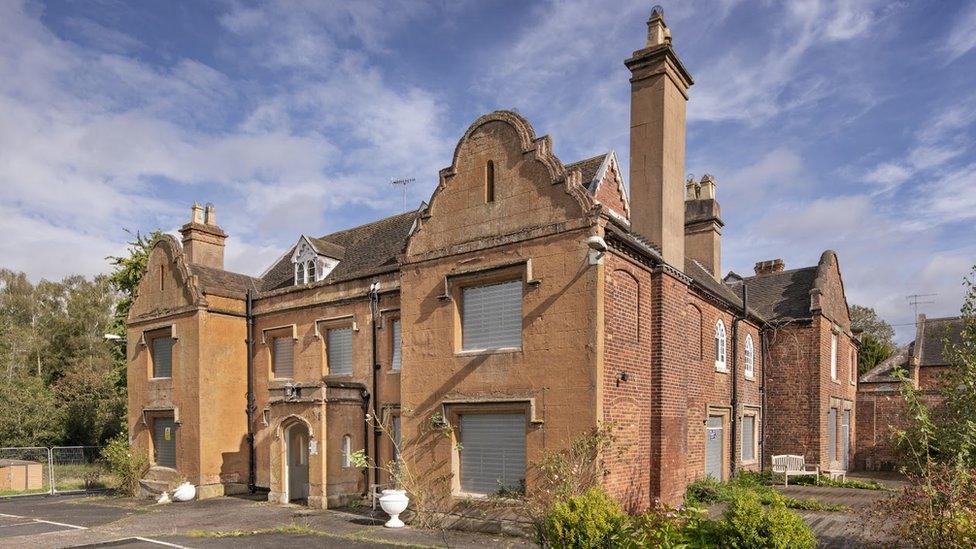
Holbeche House, a listed building, was built in 1600
The Grade II*-listed site was built around 1600 and refaced in the early 1800s.
The now empty house was once owned by Stephen Lyttleton - one of the plotters later executed for his role in the attempted treason. The house was the last refuge of the conspirators after they fled London, Historic England has said.
The ringleader Robert Catesby was killed at the property in a gunfight, three days after the plotters failed to blow up the Houses of Parliament. Others involved in the conspiracy were also killed or arrested there.
Longton Central Methodist Hall
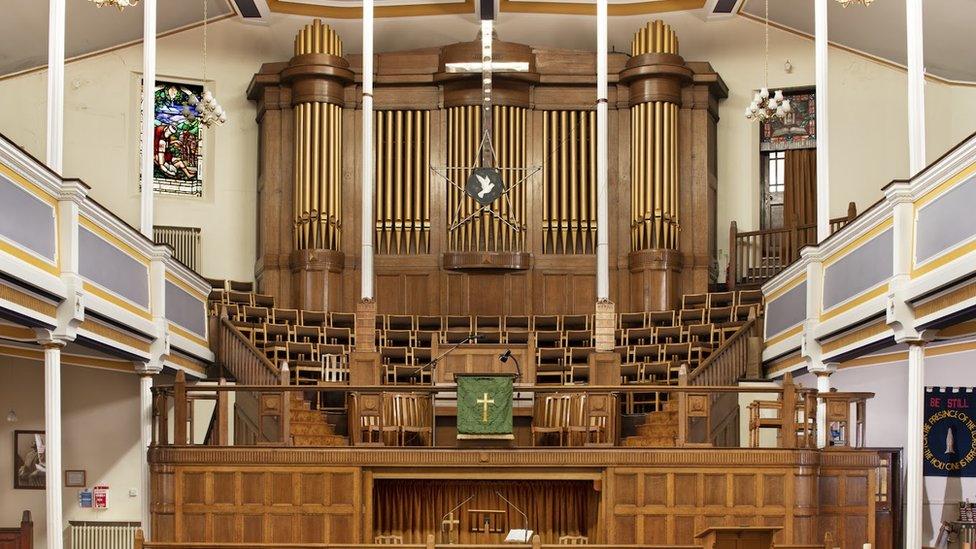
Longton Central Methodist Hall was the first Central Hall in the Stoke and Macclesfield district.
Also a Grade II-listed building, Longton Central Methodist Hall was first built in 1842 then refurbished in 1933.
It was the first Central Hall in the Stoke and Macclesfield district and today retains much of its late 19th century interior, including its large hall with gallery and lantern supported by elegant, fluted columns and coffered panelled ceiling.
Priory House
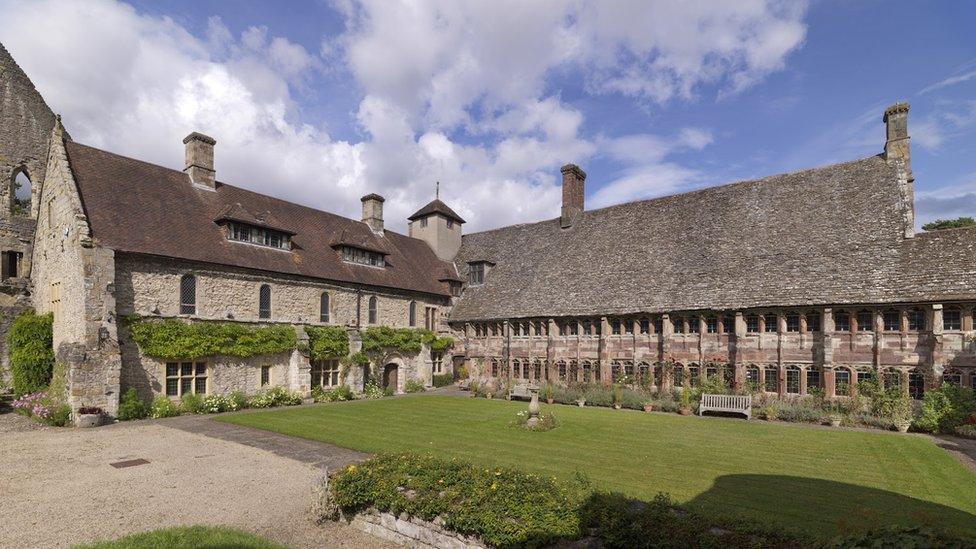
Priory House was once a Anglo-Saxon monastery
The Grade I-listed building in Much Wenlock, Shropshire, is also among the properties that has been deemed at risk of being lost.
It was once operated as an Anglo-Saxon monastery in about 680 by King Merewalh of Mercia. From 1540 it became known as the Abbey House and has survived as a private residence to this day with few alterations.
Saved Midlands sites removed from the register:
Abbot Reginald's Wall
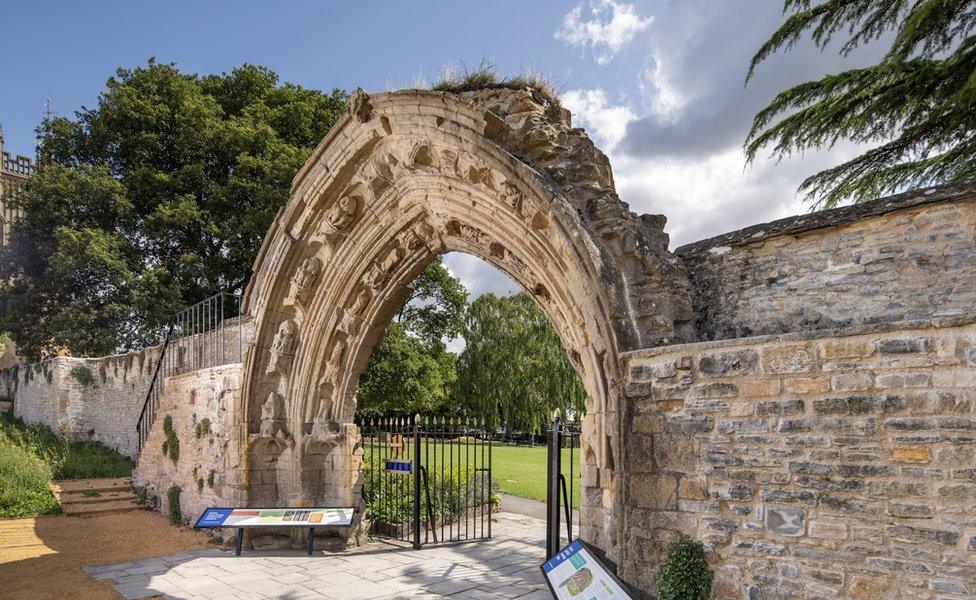
Parts of the Abbot Reginald's wall have been standing since 1317
Work to save Abbot Reginald's Wall, in Evesham, Worcestershire, from ruin has led to it being removed from the register of sites at risk this year.
The wall forms part of the main ecclesiastical complex of Evesham Abbey, built between 1317 and 1344, fragments of which survive to this day.
Chetwynd Bridge

The Chetwynd Bridge was designed by the local county surveyor Joseph Potter
The Grade II*-listed Chetwynd Bridge, in Lichfield, has undergone a facelift ready for its 200th birthday next year.
Serving the National Memorial Arboretum and Catton Park, Chetwynd Bridge crosses the River Tame southeast of Alrewas village. Designed by the county surveyor Joseph Potter, it was manufactured in 1824 by the Coalbrookdale Company.
In progress:
The Master's House
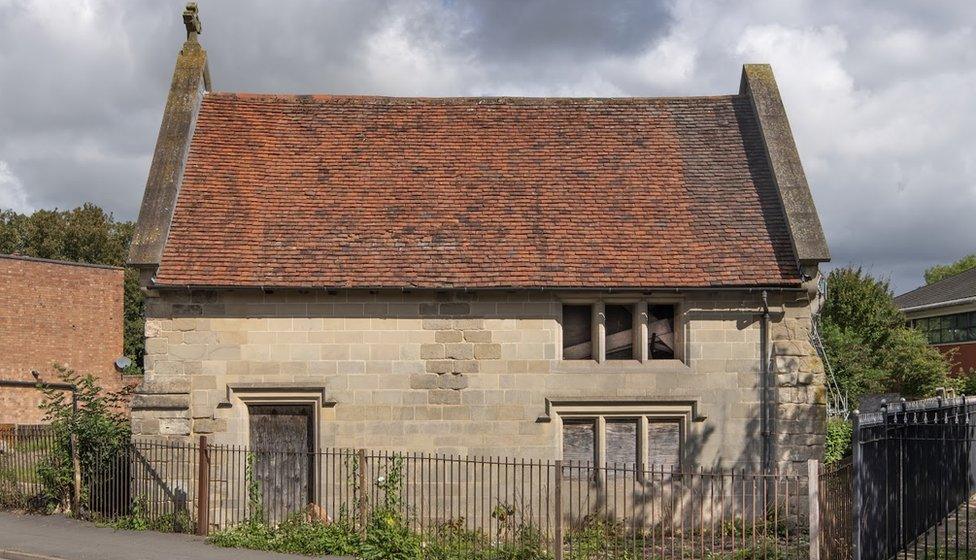
Beginning in 2019, urgent repair works have been undertaken to keep The Master's House weatherproof and maintain its structural stability
The last remaining Leper Hospital in England is in Warwick and is currently undergoing £90,000 of repair work.
The Leper Hospital of St Michael - a place where those suffering from leprosy were treated - was founded in the 12th Century. The surviving Master's House is a 15th century timber framed building, which was constructed on the 12th Century foundations.
This year marks the 25th anniversary of the publication of the first national Heritage at Risk Register - previously known as the Buildings at Risk Register.
Louise Brennan, Historic England Regional Director, said: "After a quarter of a century of the Heritage at Risk Register, we are delighted that important sites such as the Main Mill at Ditherington Flax Mill - now known as 'Shrewsbury Flaxmill Maltings' - and Evesham Abbey have been saved."

Follow BBC West Midlands on Facebook, external, X, external and Instagram, external. Send your story ideas to: newsonline.westmidlands@bbc.co.uk, external
- Published6 November 2023
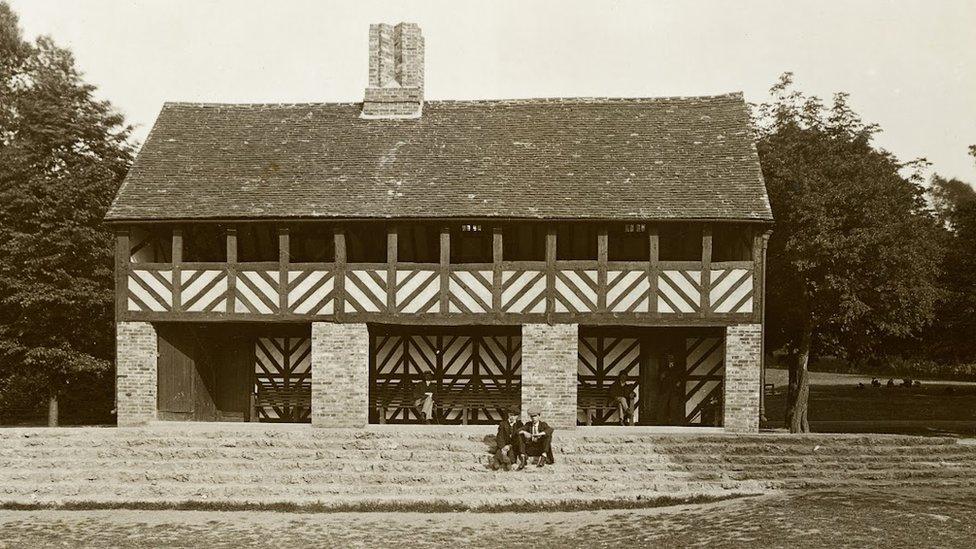
- Published29 October 2023
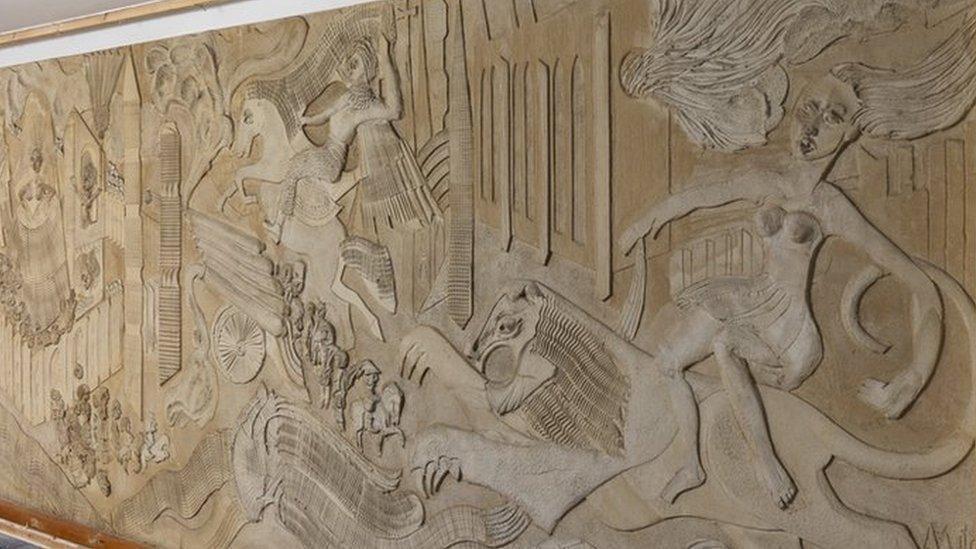
- Published18 October 2023

- Published7 August 2023
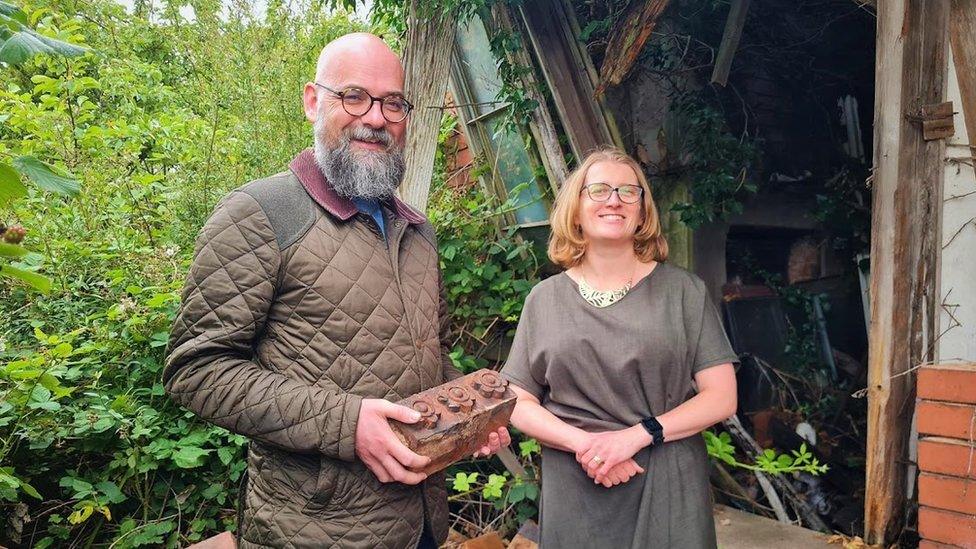
- Published10 November 2022
